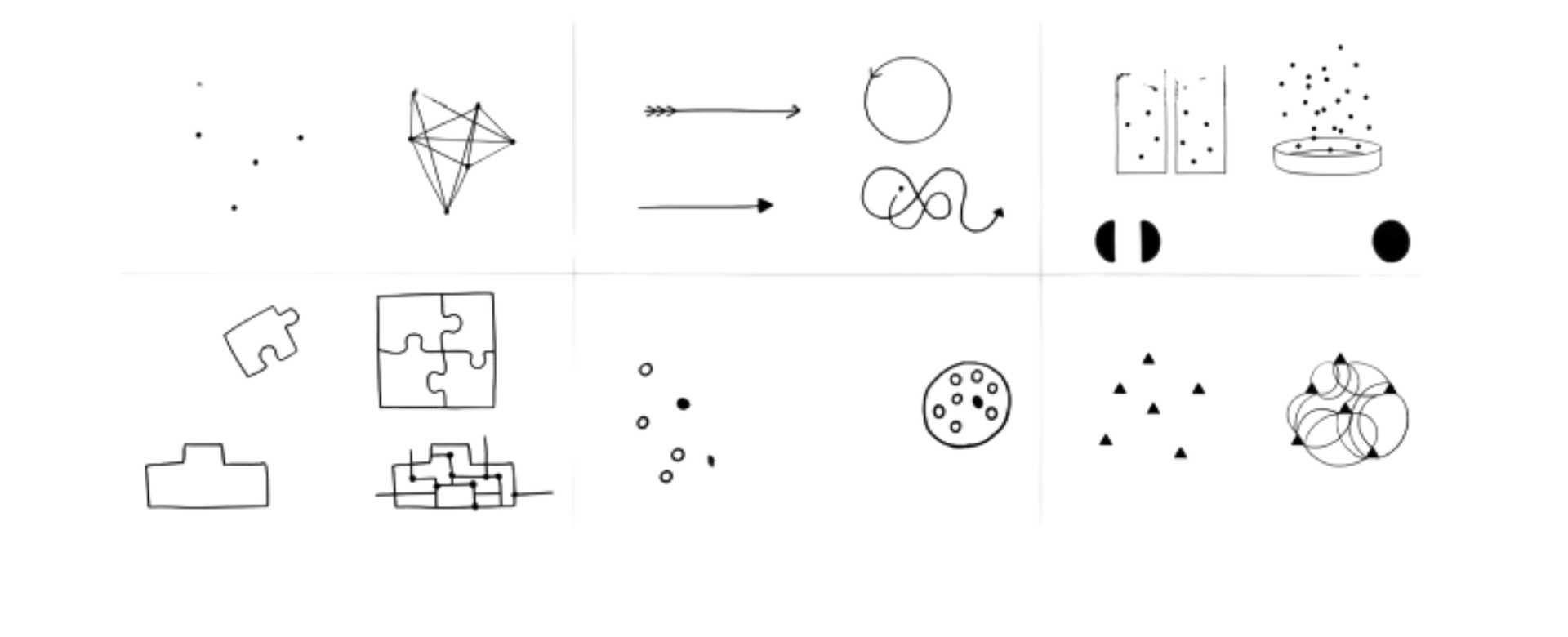Unlocking the Secrets of Customer Validation: A Beginner's Guide

Customer validation is a crucial step for launching a successful product or service. This guide provides a comprehensive overview of customer validation, from the importance of conducting it to best practices for scaling your efforts. By the end of the article, you'll understand why customer validation is important and have the knowledge to start conducting it with confidence.
Introduction to Customer Validation
Customer validation is the process of testing a product or service with a potential customer base to determine whether it meets market needs and will be successful. By gathering information from actual customers, businesses can gain important insights into their products that can help inform decisions about what features to add or remove, or whether to launch the product at all. Conducting customer validation can also help identify opportunities to improve existing products.
When done right, customer validation can be a powerful tool. It allows businesses to anticipate customer needs and make informed decisions about their product offerings. Furthermore, by gathering feedback from potential customers, businesses can develop a deeper understanding of their target market and adjust their product accordingly.
Customer validation can also help businesses identify potential areas of improvement in their product or service. By understanding customer needs and preferences, businesses can make changes to their product or service that will better meet customer expectations. Additionally, customer validation can help businesses identify potential opportunities for growth and expansion, as well as areas where they can improve their customer service.

Become a Product Manager
Learn from top industry experts, get access to 1 year placement support and transition into product management at India's top tech companies.
Importance of Customer Validation
Customer validation is a key step for any business launching a new product or service. Without it, businesses run the risk of introducing a product that does not meet customer needs, or worse, introducing a product that fails to resonate with customers at all. Without customer validation, businesses may not realize until after launch that their product is either missing key features or has serious usability issues.
Additionally, customer validation can be used to determine pricing models and measure customer satisfaction. For example, if you find that customers are willing to pay more for certain features, you can adjust your pricing model accordingly. Additionally, by monitoring customer satisfaction through surveys or other feedback mechanisms, businesses can identify areas for improvement and make necessary adjustments to ensure their product is meeting customer needs.
Customer validation can also be used to identify potential new markets or customer segments. By understanding customer needs and preferences, businesses can identify new opportunities to expand their product offering and reach new customers. Additionally, customer validation can help businesses identify potential partnerships or collaborations that can help them reach new customers and expand their reach.
Steps to Conducting Effective Customer Validation
The first step in conducting effective customer validation is to identify a target audience. To do this, businesses should consider their product’s intended use and identify potential customers who fit this profile. Once a target audience is identified, businesses should begin the process of gathering feedback from customers. This could include surveys, focus groups, interviews, or some other method of collecting data.
After collecting feedback from customers, businesses should analyze the data to identify trends and insights. This could include identifying areas for improvement in the product, or opportunities to expand the product offering. Businesses should also compare the feedback they receive to what they expected to learn and use this information to inform their decisions.
Finally, businesses should use the data collected during customer validation to inform decisions about their product’s features and pricing models. Additionally, by monitoring customer feedback over time, businesses can ensure their product remains up-to-date with customer needs.
It is important to remember that customer validation is an ongoing process. As customer needs and preferences change, businesses should adjust their product accordingly. This could include introducing new features, changing pricing models, or discontinuing certain products. By staying up-to-date with customer feedback, businesses can ensure their product remains competitive in the market.
Common Challenges and How to Overcome Them
One of the most common challenges businesses face when conducting customer validation is identifying the right target audience. Many businesses make the mistake of focusing exclusively on existing customers, when in reality they should be looking for potential customers who fit their desired profile. To ensure you are targeting the right audience for your product, you should conduct surveys to better understand your target market and develop a detailed profile of potential customers.
Additionally, businesses should be aware that collecting feedback can be time-consuming and costly. To mitigate this cost, businesses should look for ways to streamline their customer validation process. This could include automating surveys or using online feedback tools such as NPS (net promoter score) systems. Additionally, businesses should consider offering incentives such as discounts or coupons to encourage customers to provide feedback.
Businesses should also be aware that customer feedback can be subjective and may not always be accurate. To ensure the accuracy of customer feedback, businesses should consider using multiple methods of customer validation, such as focus groups, interviews, and online surveys. Additionally, businesses should consider using analytics to track customer behavior and identify patterns in customer feedback.
Best Practices for Scaling Customer Validation Efforts
To ensure customer validation efforts are successful, businesses should establish a system for tracking customer feedback over time. This could include setting up automated surveys or establishing key performance indicators (KPIs) to measure customer satisfaction. Additionally, businesses should establish processes for quickly responding to customer feedback and making necessary changes to their products or services.
Finally, businesses should look for ways to leverage existing customer data when conducting customer validation. By analyzing existing customer data, businesses can quickly identify potential markets and get an idea of what features customers are looking for in a product. Additionally, existing customer data can help inform decisions about pricing models and promotional campaigns.
Customer validation is an essential step for launching successful products and services. By understanding the importance of customer validation and following best practices for scaling your efforts, you'll be well on your way to ensuring your product meets market needs and resonates with your target audience.
It is also important to consider the customer experience when conducting customer validation. Businesses should strive to create a seamless customer experience that is easy to use and provides value. Additionally, businesses should look for ways to make customer feedback more accessible, such as through online forums or social media platforms.

Become a Product Manager
Learn from top industry experts, get access to 1 year placement support and transition into product management at India's top tech companies.



